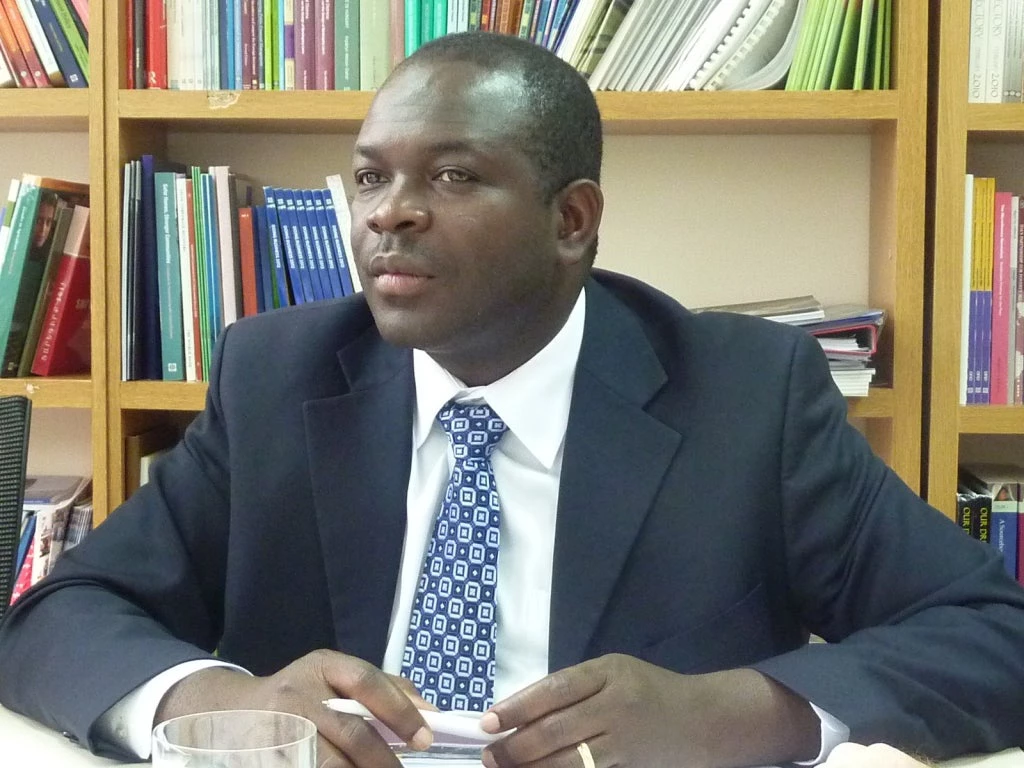 Photo by supakitmod/Adobe Stock #530371666
Photo by supakitmod/Adobe Stock #530371666
For developing countries such as the Philippines, trade policy can be an effective tool to mitigate the effects of climate change and fulfill their commitments to reduce greenhouse-gas emissions under the Paris Agreement. Trade policy could be aimed at boosting imports of goods like solar panels to reduce greenhouse gas emissions, for example, or flood-defense systems to protect against rising sea levels.
These uses of trade policy are especially relevant for the Philippines given the archipelago’s vulnerability to increasingly violent tropical storms and its heavy dependence on imports of fossil fuels. Yet as policy makers turn to trade policy to advance environmental goals, they also must consider the potential effects on employment opportunities, wage distribution, and labor-market standards. They may find that, with the right mix of policies, environmental and social goals can reinforce each other.
The interplay between environmental and social goals hasn’t received much attention, which is why we embarked on a new study “Trade Policy, Green Goods and the Labor Market: Evidence from the Philippines.” In it, we looked at how removing import barriers would increase both imports and exports of green goods and might affect the share of women in industry, skills intensity, and wage earnings. We found that increasing exports of green goods could increase the proportion of unskilled workers, while imports might increase the shares of female workers within industries. Green goods imports also are correlated with higher earnings across industries. These results point to the need for policy makers to deploy labor-market policies like skills training to manage the transition to a greener economy.
The Philippines has not leveraged the benefits of green trade as much as some other members of the Association of Southeast Asian Nations (ASEAN). The share of green goods in the country’s total trade has declined by around 4 percentage points between 2014 and 2019 and averaged 10.8 percent of imports and 9.3 percent of exports from 2014 to 2020. Its share of green goods imports was around 7.8 percent in 2019, compared with the ASEAN average of 8.6 percent and regional leader Brunei Dar Es Salam’s 13.9 percent (Figure 1).
Despite these low levels, industries importing intermediate green goods often export finished ones, highlighting the importance of global value chains. (GVCs) Roughly 53 percent of green imports consist of intermediate goods such as energy technologies and renewable-energy products.
How could an increase in imports of green goods affect labor markets? Higher green-goods imports are positively correlated with female employment, especially in manufacturing industries such as motor vehicles, paper, and electronics. These are all important industries in the Philippines, underscoring the country’s potential to foster inclusive labor markets in the industrial manufacturing and transportation cluster. This relationship might be driven by the positive link between earnings and green imports further explored in the paper, which could make green jobs more attractive and inclusive. Other factors could be the adoption of more sustainable business practices in green industries and government support for the green transition, all of which often promote gender equality.
Imports of green goods may have other benefits. Evidence shows that they are positively correlated with skills intensity within each industry, particularly in industries like the manufacture of computer, electronic, and optical products. This may be so because skilled professionals like engineers are needed to adapt and maintain green technologies, so imports encourage investment in research and training, creating long-term, high-skilled job opportunities. This is consistent with our finding that importing green goods tends to increase the earnings of workers across industries. In contrast, exporting green goods tends to increase demand for low- and medium-skilled workers needed for labor-intensive manufacturing and assembly.
What is holding back green-goods imports in the Philippines? One factor is the large number of non-tariff measures (NTMs). These usually address legitimate public-policy objectives such as protecting consumer health and safety. However, some may distort trade and increase costs unnecessarily, and they affect sectors critical to the energy transition and environmental protection (Figure 2). Among the country’s 90 NTMs, we have identified five high-priority reform candidates.
Reducing these trade costs would make clean technologies cheaper and more accessible, boosting their adoption and thus benefiting the job market. However, it also would create the need for skills training programs and policies to manage effects on the labor market and wages. So, it is essential to adopt a balanced approach that supports workers’ transition to changing job markets and ensures fair wages. To support a low-carbon economy, the Philippines could:
- Remove NTMs that make green goods expensive;
- Invest in reskilling programs that prepare workers for jobs in green industries, such as renewable energy and recycling, with a focus on gender equality, including through the full implementation of initiatives such as the National Green Jobs Human Resource Development (NGJ-HRD) Plan 2020-2030.
By addressing these points, the Philippines can lead in sustainable trade while also securing economic opportunities for its workforce. With support from key partners like the World Bank, the country can accelerate its transition by unlocking green investments, supporting policy reforms, and strengthening local skills.





Join the Conversation